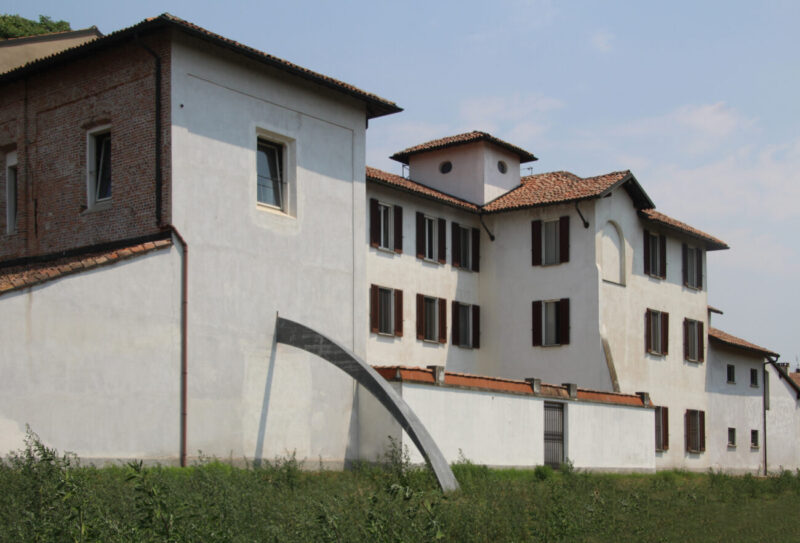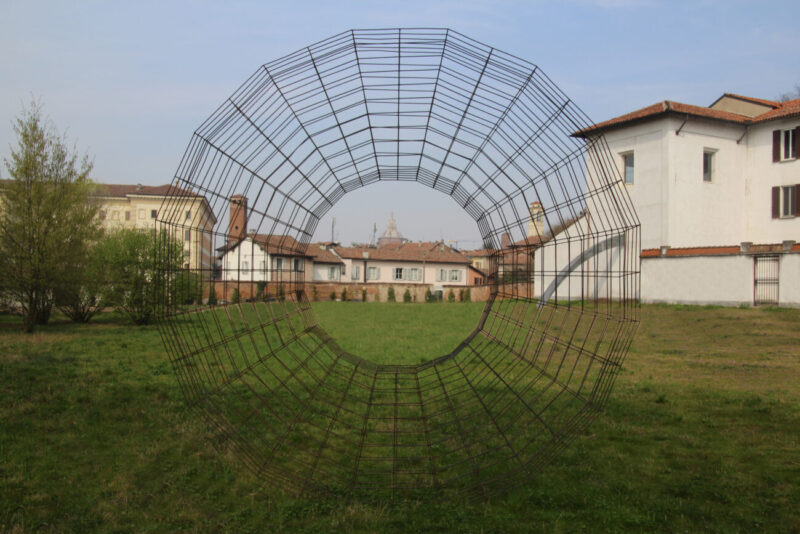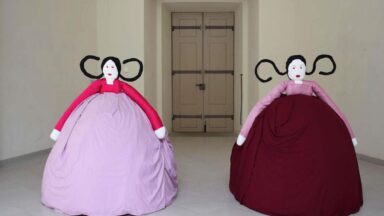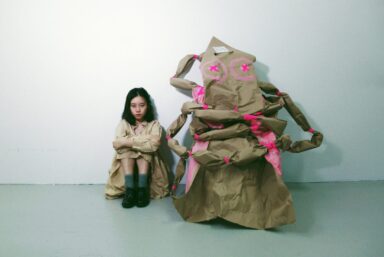With the Horti project, Collegio Borromeo in Pavia becomes the promoter of a cultural renaissance movement
Words Gianmarco Gronchi
In front of us Arnaldo Pomodoro’s Triad. Just beyond are David Tremlett’s wall paintings, close to Mauro Staccioli’s Equal-Contrary sculpture. Behind us, Pavia’s Collegio Borromeo, built more than 460 years ago at the behest of St. Charles Borromeo. Walking through the green spaces of the Horti Borromaici, one feels the lightness that comes from walking in an oasis of peace, far from the hustle and bustle of contemporary life. Inaugurated on September 17, the Horti is a project promoted by Collegio Borromeo to make an otherwise unused park available to all citizens. Due to lengthy redevelopment work, Horti presents itself as a place for meeting and sharing, in a virtuous marriage of nature and culture.
The exceptional nature of this project lies precisely in its ability to bring contemporary art into dialogue with the Pavia community. Nature, Art, and Ethics are the three souls around which the reborn green space of Collegio Borromeo is configured. Horti.Oasi represents the commitment to the enhancement and protection of biodiversity, through ad hoc plantings designed to foster an ideal habitat for various species of animals. Horti.Etica fosters social inclusion, job reintegration, and the promotion of volunteerism. Finally, Horti.Arte transforms the park into a permanent open-air exhibition. It is important to highlight the perfect balance in which the three identities of the Horti project are maintained, cooperating to shape reality with high cultural, social and ethical values.
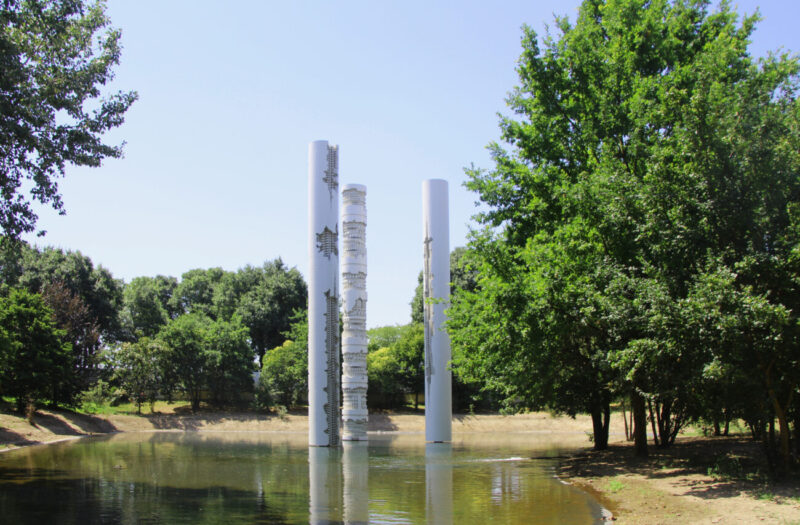
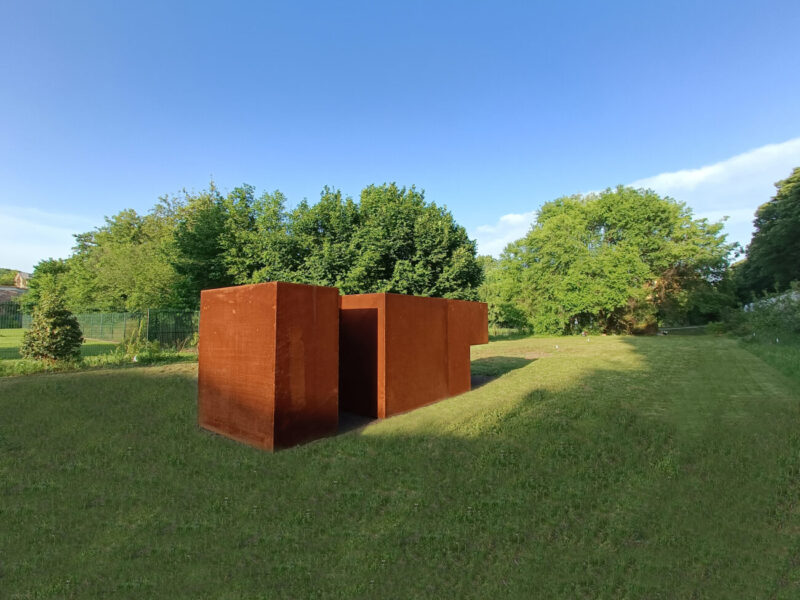
The works of art installed are the result of a collaboration with the Arnaldo Pomodoro Foundation of Milan, which has granted on loan for using the sculptures of some masters of post-World War II Italian art. Thus, those fortunate enough to visit the Horti will be able to admire, for example, Gianfranco Pardi’s Box and Luigi Mainolfi’s Cage Sun, Nicola Carrino’s Construction Modul L, and Salvatore Cuschera’s Homage to Eduardo Chillida. After being removed 20 years ago, Arnaldo Pomodoro’s Triad returns to Pavia in a natural setting designed specifically to host this installation. “I am very pleased that my Triad, together with the works of so many other artist friends, have found their ideal location in the Horti, in harmony with the surrounding environment,” said Arnaldo Pomodoro, “because the ideal for a sculptor is to set his works outdoors, among the people, the houses and the everyday streets. I immediately joined, together with my Foundation, the Horti project because as an artist I have always felt the need for a concrete involvement from a social point of view: going out of one’s studio, where one works and is protected, is not a faculty, it is a duty.”
Contemporary art here plays the role of a catalyst for diverse social experiences, placing itself in a non-invasive way within a context that aims at the ecumenical sharing and dissemination of knowledge. If we too often ask what contemporary art is, perhaps it would be better to ask what it is for. The answer, probably, is provided by a reality such as the Horti. A body of partly already historicized artists whose works stimulate the viewer to reflect and awareness of the identity and mission of a place. The spaces of the Horti are meant to be experienced and not simply transited. Thus, the artistic creations testify to the commitment of Collegio Borromeo – a private institution! – for the promotion of a public space where art is not street furniture, but an identity outpost that prompts reflection. On the other hand, as the Rector of the college, Alberto Lolli said, Horti “intends to insert itself actively in the processes of revitalization and reconstruction of public space, promoting places of sociality, the interweaving of knowledge and ethical sense.”
